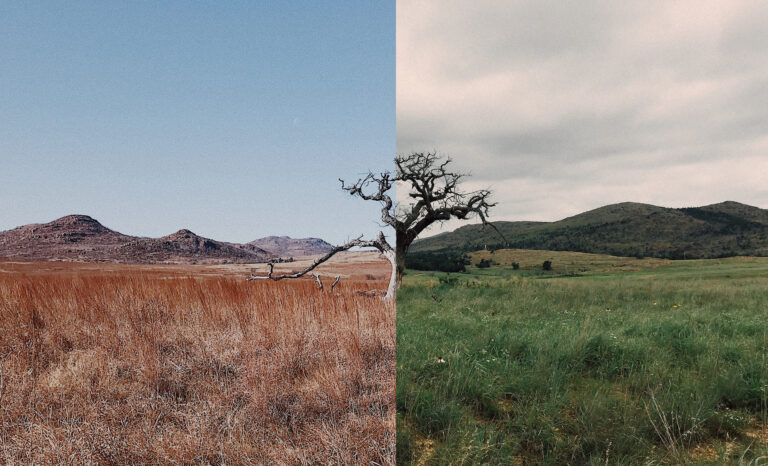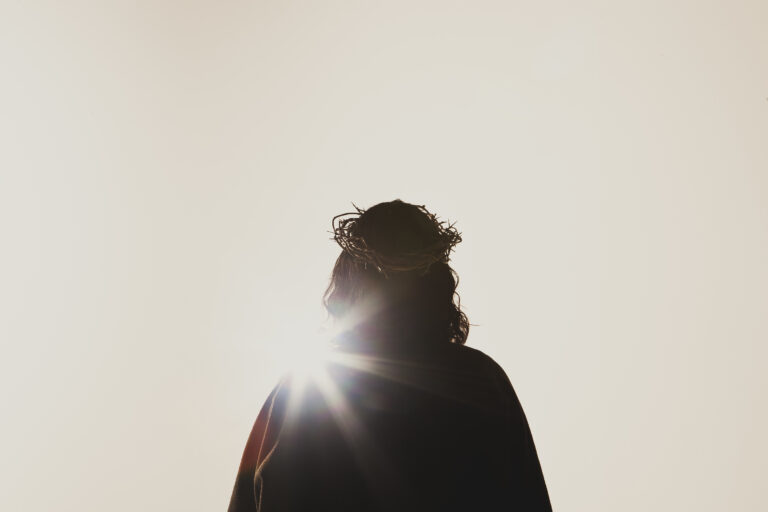Last month, I had the joy of spending the better part of two days alongside Makoto Fujimura.
Mako, as his friends call him, is a leading contemporary artist. His refractive “slow art” has been described by The New York Times as a small rebellion against the quickening of time.
I spent an afternoon walking with Mako as he experienced the Mumbai Urban Arts Festival. Later, we enjoyed a drink and some kebabs in south Mumbai.
Earlier that day, Mako had showed me around the work that his wife Haejin has been doing to protect, restore, and empower victims of injustice at one of Mumbai’s red lights districts.
A couple of days before that, I had watched Mako and Haejin lead a small group of elite business leaders in Mumbai through a two-hour Kintsugi experience.
Kintsugi is an ancient Japanese art form of repairing broken objects with gold.
A mended Kintsugi art-piece has golden veins running along the old crack lines. This makes it more beautiful and more valuable than what it was before it broke.
Applying gold anywhere on an unbroken plate or bowl would make it seem garish and ostentatious. It would not be art. It would be a show.
But in Kintsugi, gold is used only in the broken places. It therefore fits well, as it heals and joins the cracks, making the broken object whole again.
Gold is to Kintsugi what grace is to our redemption. It is most needed in broken places.
Mako is an incredibly gifted artist and an even better human being. My time with him helped me reflect much about beauty. But it helped me reflect more about brokenness.
In some ways, Kintsugi is a parable of the gospel. We are broken vessels too and we need Christ to put us back together. When he does that, we need not hide or be ashamed of our scars of our brokenness. Rather, they add to the beauty of our being.
The deeper our brokenness, the greater Christ is glorified in our redemption. As Jesus said, he who has been forgiven much, loves much. (Luke 7:47).
There is another, more profound way in which Kintsugi, and Mako’s slow art philosophy, mirror the gentle but steadfast flow of the gospel.
The Beauty of Beholding Brokenness
Mako and Haejin had brought several broken objects with them in order to help the business leaders through the Kintsugi experience. They invited the leaders to select a broken piece they could mend.
This was a creative experience for these leaders. It was also a playful experience. As they told us at the end of the workshop, this was deeply therapeutic.
When the broken pieces were first set before them, the leaders were immediately eager to start putting them together. They had never attempted anything like this before.
But Mako and Haejin encouraged them to wait. They called the leaders to first slowly and patiently behold the broken pieces.
“See every broken piece,” Mako said. “Feel them.”
That was the moment when the penny dropped for me.
I realised I need not be afraid of brokenness. Or rush in to fix it.
As a church planter and pastor, I see brokenness up close every day. I see the brokenness inside me. I also see a whole lot of brokenness in the people God has called me to shepherd.
Over the years, I have come to realise that there is a threshold level of brokenness that I can cope with as I serve people. Anything above that threshold, I come apart at the seams. I end up distraught.
This is when their brokenness adds to mine, and mine to theirs. I am of no help to them. The burden seems too heavy. For both of us actually.
To be honest, I fear such experiences. They threaten the boundaries for sacrifice I have carefully erected.
When faced with such brokenness, I tend to jump in and try to fix it as soon as possible so it goes away.
I forget that the wounds of sin today can become scars that are filled with grace tomorrow. Such scars make us more beautiful, just like the gold makes the cracked lines in a Kintsugi piece beautiful.
As individuals and as a culture, we perhaps lack the courage and patience to behold brokenness.
Grace and the Precision of Healing
The leaders in that room soon realised, it takes skill and precision to apply the gold correctly along the broken edges. This is not possible unless we first see the brokenness, even survey it intently.
Applying grace to the wounds of sin needs greater skill. A hasty slapdash of grace could leave the wounded confused. Or worse, push them to debilitating self-doubt. “Am I so bad that even God’s grace can’t heal me?”
So, when Mako encouraged the leaders to slowly see the broken pieces of pottery, it resonated deep within my soul.
To patiently behold the brokenness of people, before I try to help mend, is an integral part of my calling as a pastor. But I had not quite seen it this way before.
In ancient Japan, families would hold on to broken objects for a long time. Occasionally, they would behold it even for generations, before they feel the broken pieces are ready for Kintsugi.
This ancient Japanese patience mirrors the long-suffering love of God.
As I hung out with Mako for a couple of days, I realised that it was not just his art that was slow. His life was slow too.
It was slow enough to gaze at brokenness. And slow enough to let beauty shine through what was once broken.










